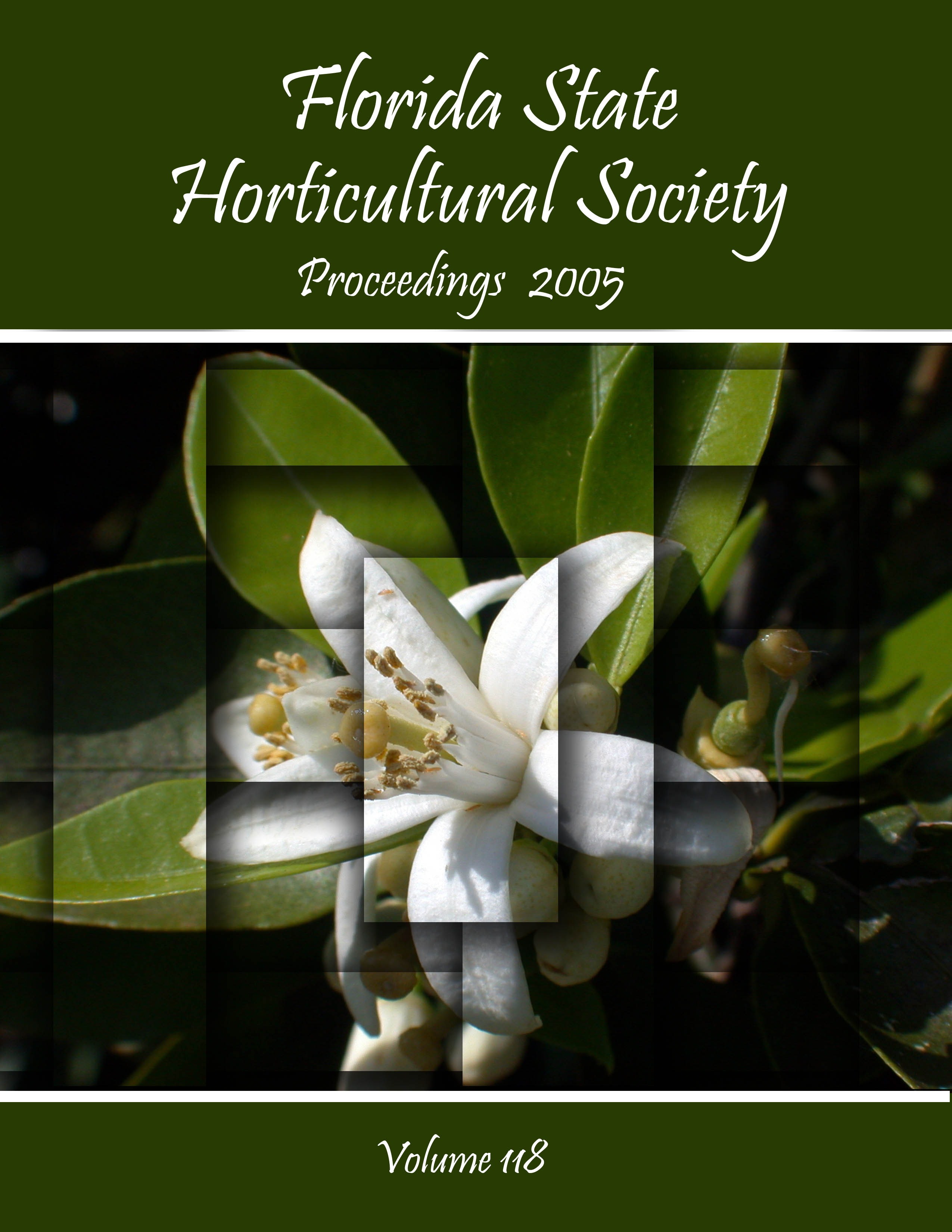Abstract
Production of lychee in Florida expanded rapidly in the 1990s following Hurricane Andrew in 1992. From about 200 acres pre-hurricane, acreages increased to slightly over 500 by 1996, and to the current level of about 1,200 acres. Growers were drawn to the high returns and favorable prospects driven by the strong domestic demand for the commodity. Several factors suggested that the situation would remain the same or could only become more favorable. First, the demand for the commodity was being driven by increasing U.S. Asian and Hispanic populations. Second, it was thought that the U.S. market was fairly well protected due to its relatively far distance from the main areas of production in Asia and because of phytosanitary restrictions. The feeling was that owing to the highly perishable nature of the fruit, it would have been difficult to ship significant quantities via sea freight from Asia to the United States. More importantly, since lychee is the host to a number of exotic pests, including oriental fruit fly, lychee fruit borer, and Asian fruit fly, imports were restricted from many countries considered fruit fly zones. Hence apart from a small amount of imports coming from Mexico, the consensus was that the fresh fruit market was more or less reserved for domestic growers. This was evident in the fact that demand for the fresh commodity grossly outstrips supply, resulting in lucrative returns. However, recent developments have proven the consensus wrong, as there has been a surge of imports coming mainly from China and Taiwan. This has resulted in domestic prices plummeting well below those obtained 3 to 5 years ago and with costs of production continually rising, many growers are questioning if it still makes sense to grow the commodity. From receiving net returns of about $10,000/acre 5 to 6 years ago, growers are now facing a situation with returns averaging $2,000/acre, assuming medium to high yields. Negative returns have been obtained in situations where yields have been poor, causing many of the growers in 2004 to seek federal assistance under the Trade Adjustment Program for Farmers and Fishermen. In the following analysis, we examine recent developments in the world production and trade of lychee and outline some of the implications for U.S. growers.

